Few situations create more anxiety for exotic reptile owners than when their scaly companion suddenly loses interest in food. Unlike mammals that can quickly suffer health consequences from missing meals, reptiles can often go days or even weeks without eating, making it challenging to determine when a feeding strike becomes a genuine emergency. However, a prolonged refusal to eat always warrants attention and often indicates an underlying issue that needs addressing. This comprehensive guide will help you understand why your exotic reptile might stop eating and provide actionable steps to resolve the situation before it becomes life-threatening.
Understanding Normal Feeding Patterns
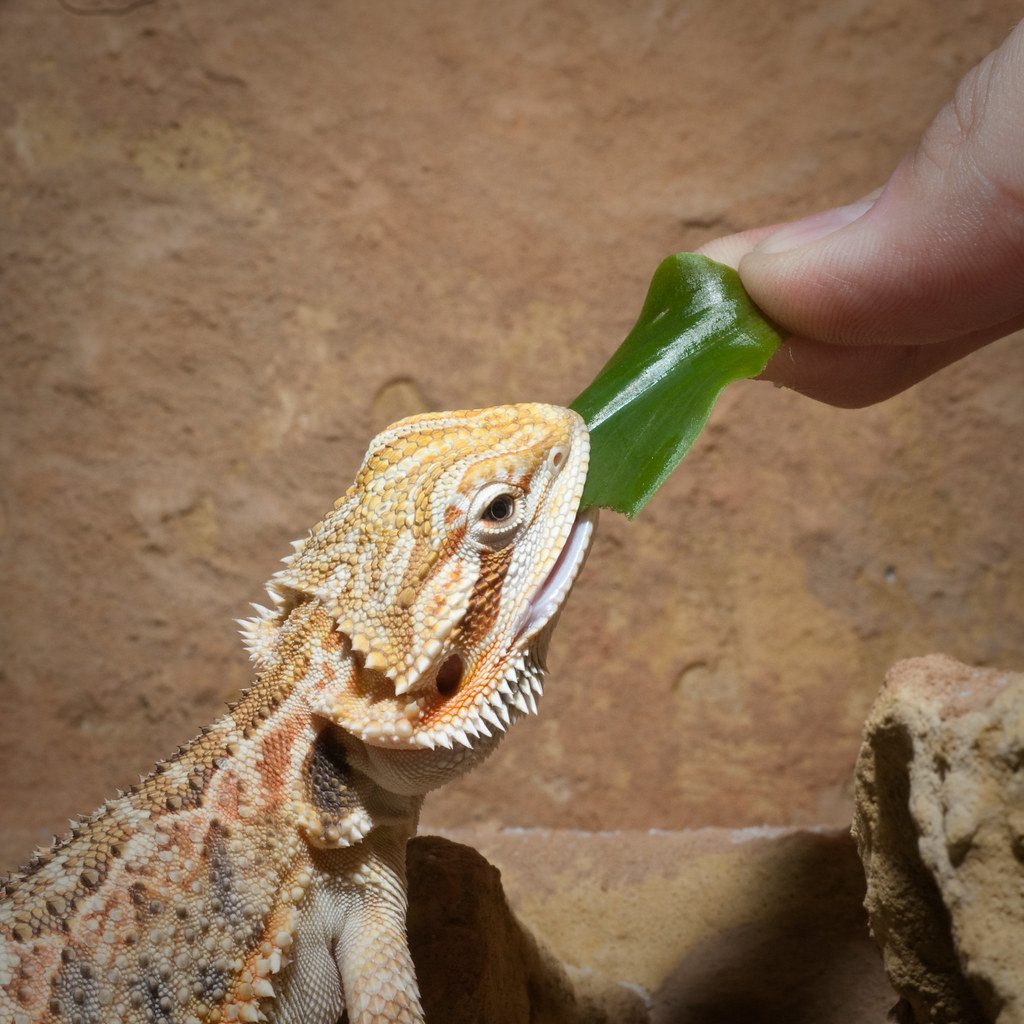
Before panicking about your reptile’s lack of appetite, it’s crucial to understand what constitutes normal feeding behavior for your specific species. Some reptiles, like certain snake species, naturally eat infrequently, sometimes going months between meals in the wild, especially during breeding season or brumation periods. Adult bearded dragons might refuse food for weeks during brumation, while juvenile specimens require daily feeding. Chameleons and some arboreal geckos may have delicate appetites that fluctuate normally. Research your specific species’ natural feeding patterns to determine if the behavior falls within normal parameters or represents a concerning change from your pet’s established routine.
Identifying Environmental Stressors
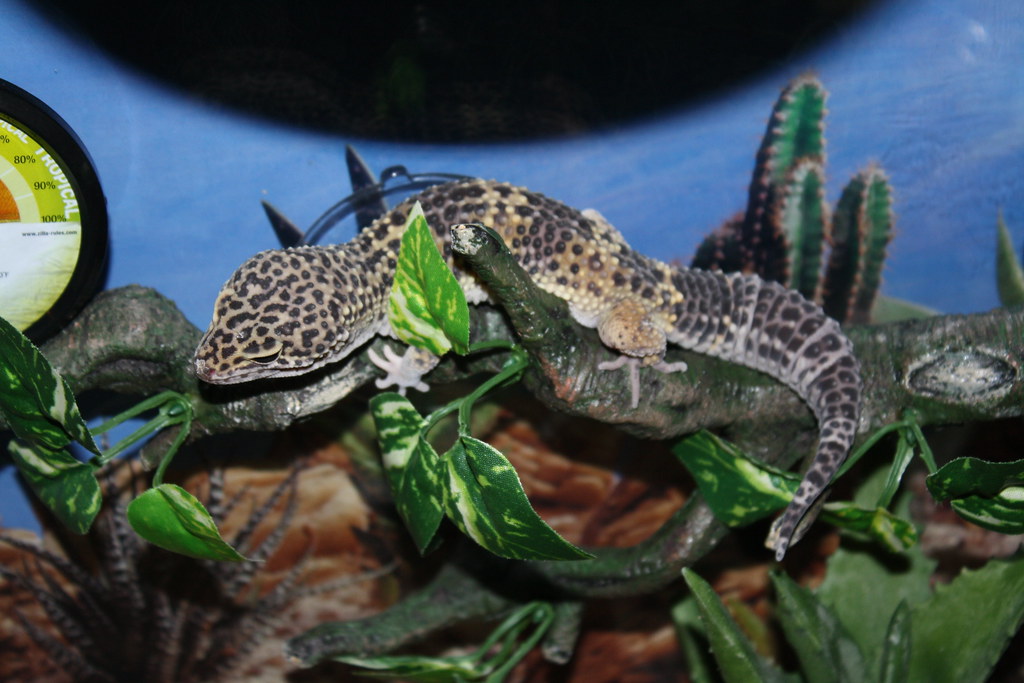
Environmental stress ranks among the most common reasons exotic reptiles refuse food. Recent changes to the enclosure, relocation, introduction of new cage mates, or even rearranging furniture near the habitat can trigger stress responses. Improper temperature gradients prevent proper digestion, as most reptiles require specific basking spots to reach optimal body temperature for processing food. Inappropriate humidity levels can cause respiratory issues or dehydration that suppress appetite. Excessive handling, especially with newly acquired specimens, can create stress that manifests as feeding refusal. Systematically evaluate and correct all environmental parameters before pursuing more invasive interventions.
Assessing Temperature Requirements
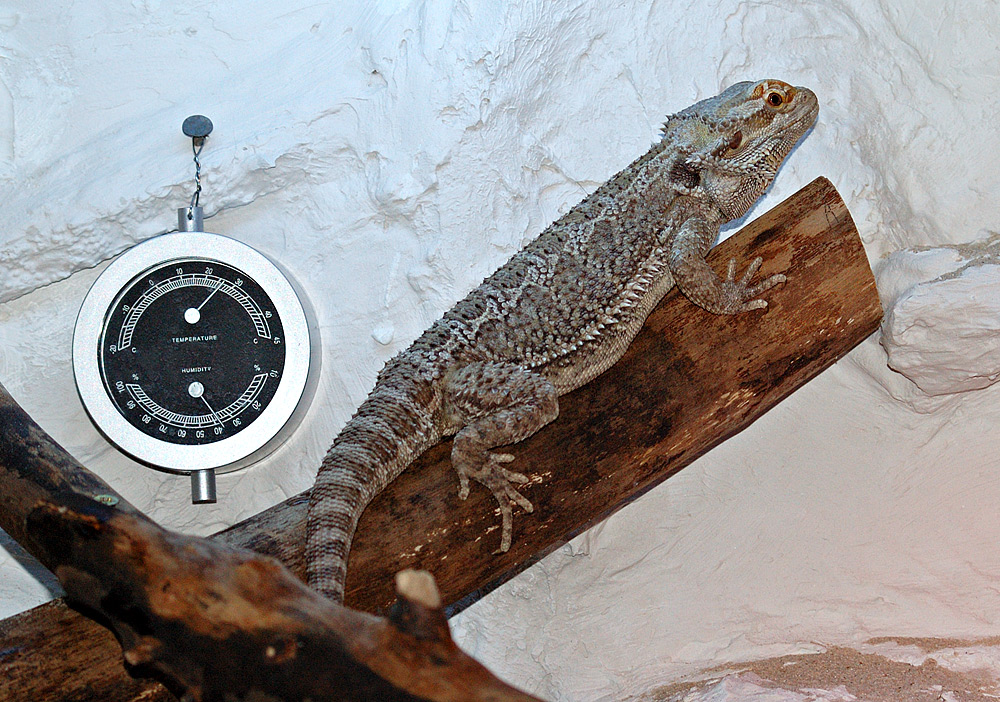
Temperature regulation stands as perhaps the single most critical factor in reptile appetite and digestion. Without proper thermal gradients, reptiles cannot effectively digest food, leading to loss of appetite or regurgitation. Most species require a warm basking area and a cooler retreat zone to properly thermoregulate. Use multiple accurate thermometers to verify temperatures at different heights and locations within the enclosure. Many owners mistakenly rely on ambient room temperature, which rarely provides sufficient heat for proper digestion.
For desert species, nighttime temperature drops are normal and expected, while tropical species often require more consistent temperatures. Research your specific species’ temperature requirements and ensure both daytime and nighttime temperatures fall within appropriate ranges.
Evaluating Lighting and Photoperiod
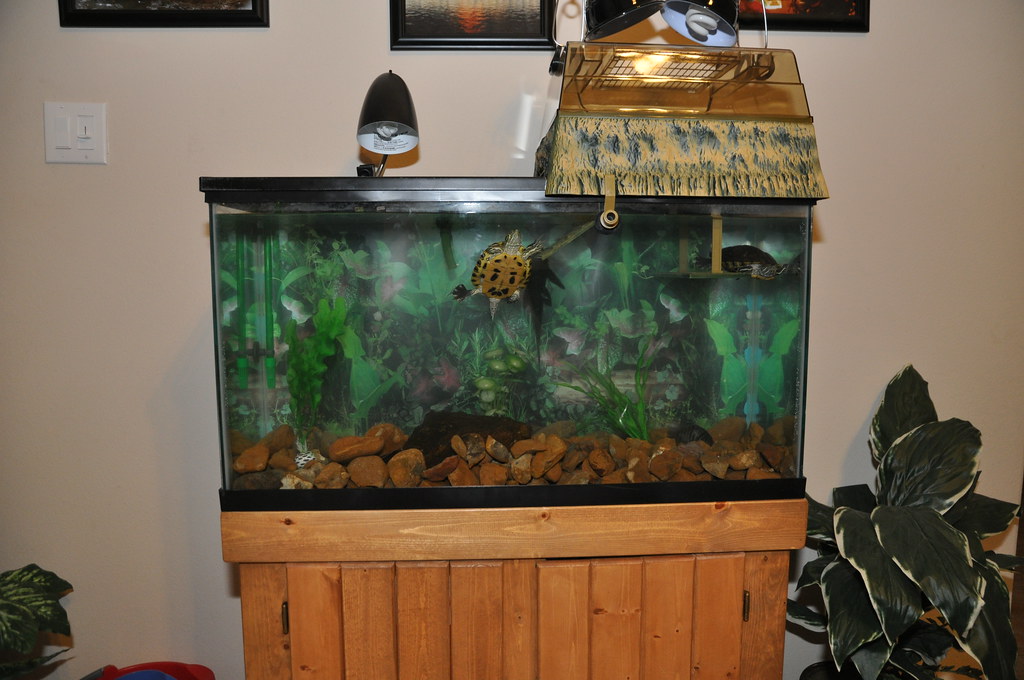
Improper lighting frequently contributes to feeding issues in captive reptiles. Many species require UVB lighting to synthesize vitamin D3, which is essential for calcium metabolism and overall health. Bulbs lose effectiveness before they visibly burn out, so replace UVB sources according to manufacturer recommendations, typically every 6-12 months. The photoperiod—the duration of light exposure—signals seasonal changes to reptiles and can influence feeding behavior.
Inconsistent day/night cycles or excessive light exposure can disrupt normal feeding patterns. Seasonal species may naturally reduce food intake during winter months, even with consistent temperatures, if they detect shortened daylight hours. Establish a consistent lighting schedule that mimics natural conditions for your species, using timers to maintain regularity.
Addressing Nutritional Deficiencies
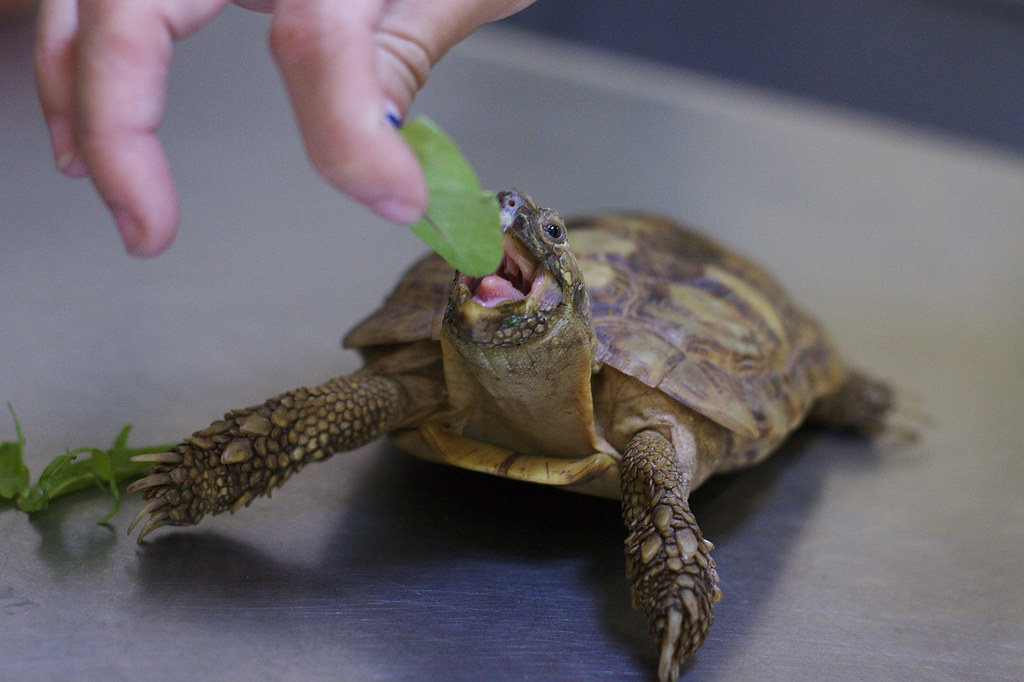
Nutritional deficiencies often manifest as decreased appetite in reptiles before other symptoms become apparent. Calcium deficiency, particularly when combined with inadequate UVB exposure, can lead to metabolic bone disease and associated appetite loss. Vitamin A deficiency commonly affects turtles and tortoises, causing eye and respiratory issues that impact feeding. Exclusive feeding of limited food items can create imbalances—for example, insectivores fed only one insect type or herbivores offered limited plant varieties. Ensure proper supplementation with appropriate calcium, vitamin D3, and multivitamin products as recommended for your species. Rotate food items to provide nutritional variety, and research specific dietary requirements for your reptile to prevent long-term deficiencies that suppress appetite.
Checking for Dehydration
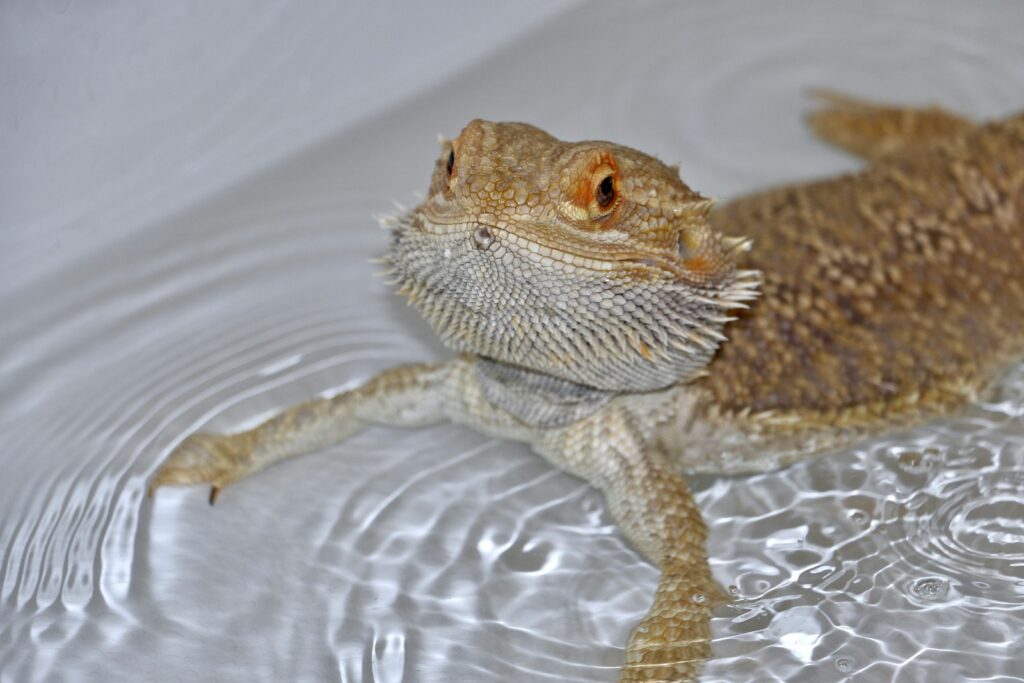
Dehydration frequently precedes and contributes to feeding refusal in exotic reptiles. Even desert species require proper hydration, though their water requirements differ from tropical counterparts. Signs of dehydration include sunken eyes, wrinkled skin, tacky mucous membranes, and concentrated or reduced urates (the white portion of reptile excrement).
Many species don’t drink from standing water, instead obtaining moisture from food items, misting, or specialized drinking behaviors. Ensure appropriate humidity levels for your specific species, which can range from 30% for desert dwellers to over 80% for tropical species. Offer water in species-appropriate ways—shallow dishes for terrestrial species, misting for arboreal species that drink droplets, and regular soaking opportunities for turtles and tortoises.
Examining Food Preferences and Presentation

Sometimes feeding issues stem simply from offering inappropriate food items or presenting them incorrectly. Wild-caught specimens often initially refuse captive diets, requiring gradual transition to commercially available options. Some reptiles are extremely sensitive to prey size, refusing items too large or too small for their feeding response to trigger. Arboreal species may ignore food placed on the ground, while terrestrial species might not recognize food elevated on branches.
Temperature of food items matters for many species—some prefer warm prey while others may reject it. Experiment with different feeding techniques, including varying prey sizes, types, temperatures, movement patterns, and presentation methods before assuming a health problem exists.
Recognizing Breeding Behaviors
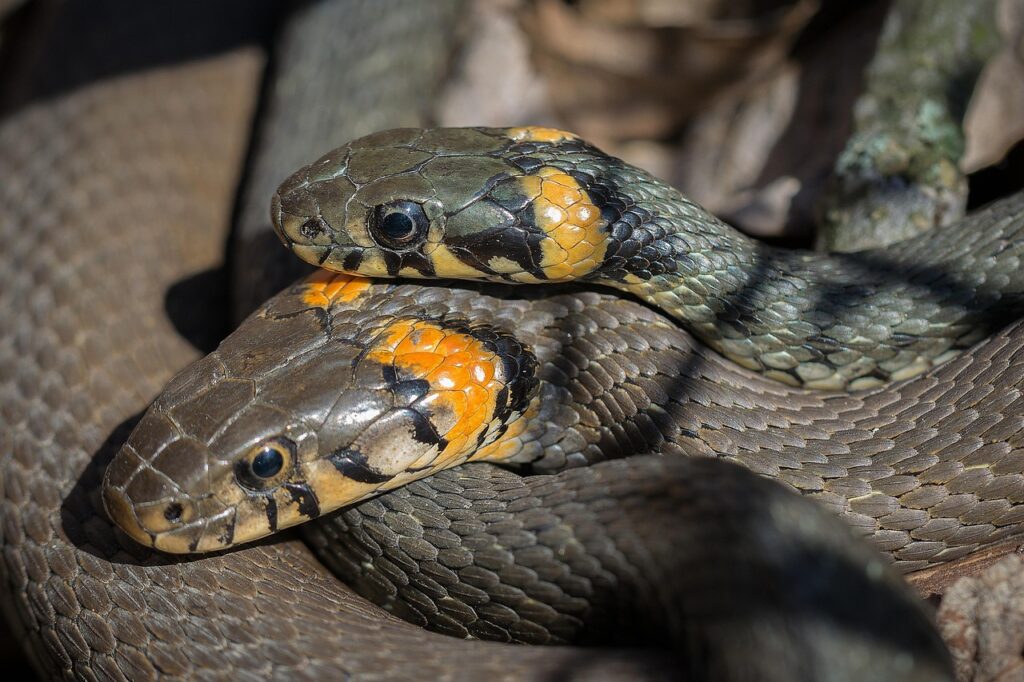
Reproductive cycles profoundly influence feeding behaviors in many reptile species. Males of numerous species reduce or completely stop eating during breeding season while focusing on territorial and mating behaviors. Female reptiles commonly refuse food during follicle development, ovulation, and particularly while carrying eggs. This pre-laying anorexia is normal and usually resolves after egg deposition.
In some species, post-breeding anorexia can continue for days or weeks after reproductive activities conclude. If your reptile shows other signs of breeding behavior—color changes, increased activity or aggression, digging behavior in females—reproductive influences likely explain temporary feeding refusal. Provide appropriate nesting sites for gravid females and reduce handling stress during these sensitive periods.
Identifying Seasonal Changes and Brumation
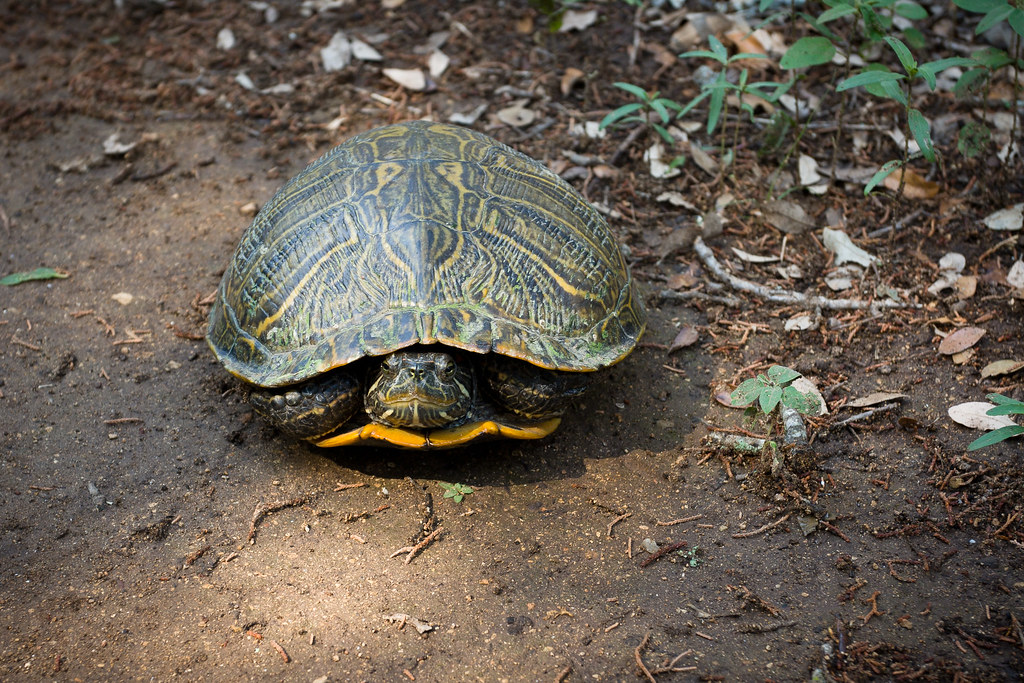
Many reptile species undergo seasonal metabolic changes that naturally reduce or eliminate appetite. Brumation—a hibernation-like state for reptiles—causes dramatically decreased metabolism and feeding cessation, even in captive environments with consistent temperatures. Species from temperate regions, including many popular pet snakes, bearded dragons, and tortoises, may attempt to brumate despite captive conditions. Signs include reduced activity, burrowing behavior, and complete food refusal that may last weeks or months.
While brumation is natural, it should be carefully managed in captivity to prevent health complications. Ensure the reptile is in excellent health before brumation, gradually reduce temperatures if supporting the process, and monitor weight regularly to prevent dangerous losses.
Monitoring for Parasite Infestations
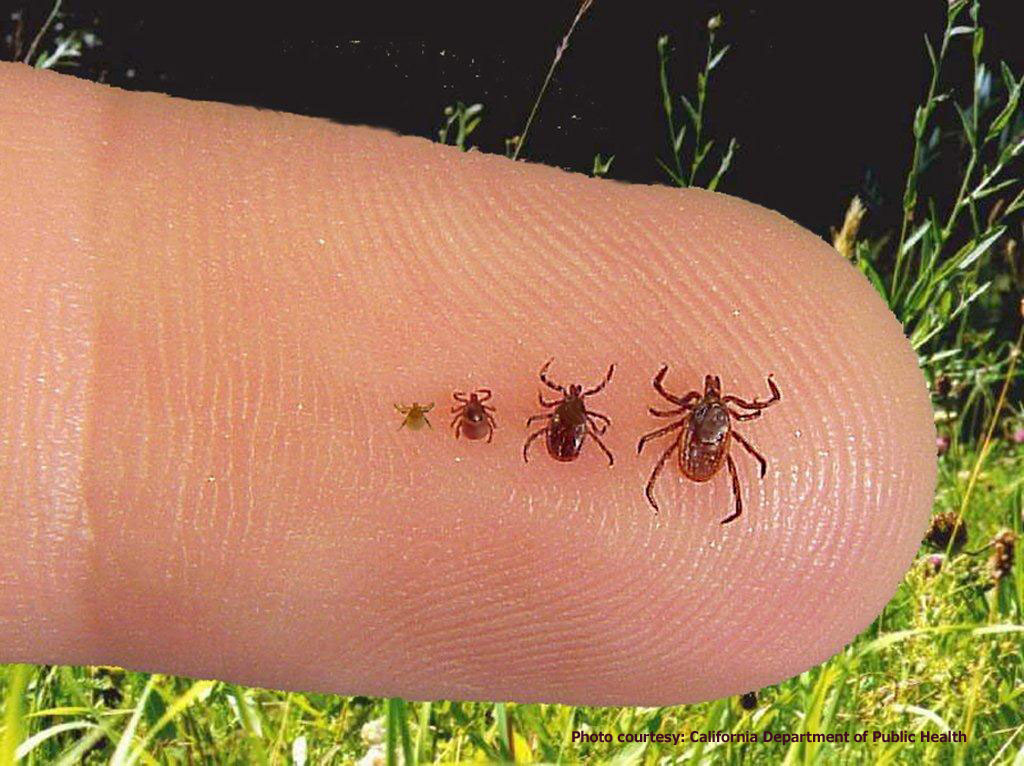
Parasitic infections frequently cause appetite suppression in reptiles and require veterinary intervention to resolve. Both internal parasites (protozoans, nematodes, cestodes) and external parasites (mites, ticks) can trigger feeding refusal through direct damage, immune system stress, or general discomfort. Wild-caught specimens and reptiles housed in unsanitary conditions face particularly high parasite risks.
Watch for associated symptoms including abnormal stool consistency or color, visible parasites in feces, weight loss despite previous normal feeding, unusual behavior, or visible external parasites. Collect a fresh stool sample in a clean container and schedule a veterinary appointment for proper diagnosis. Never administer over-the-counter antiparasitic medications without veterinary guidance, as improper treatment can cause serious harm to reptiles.
Checking for Illness and Disease
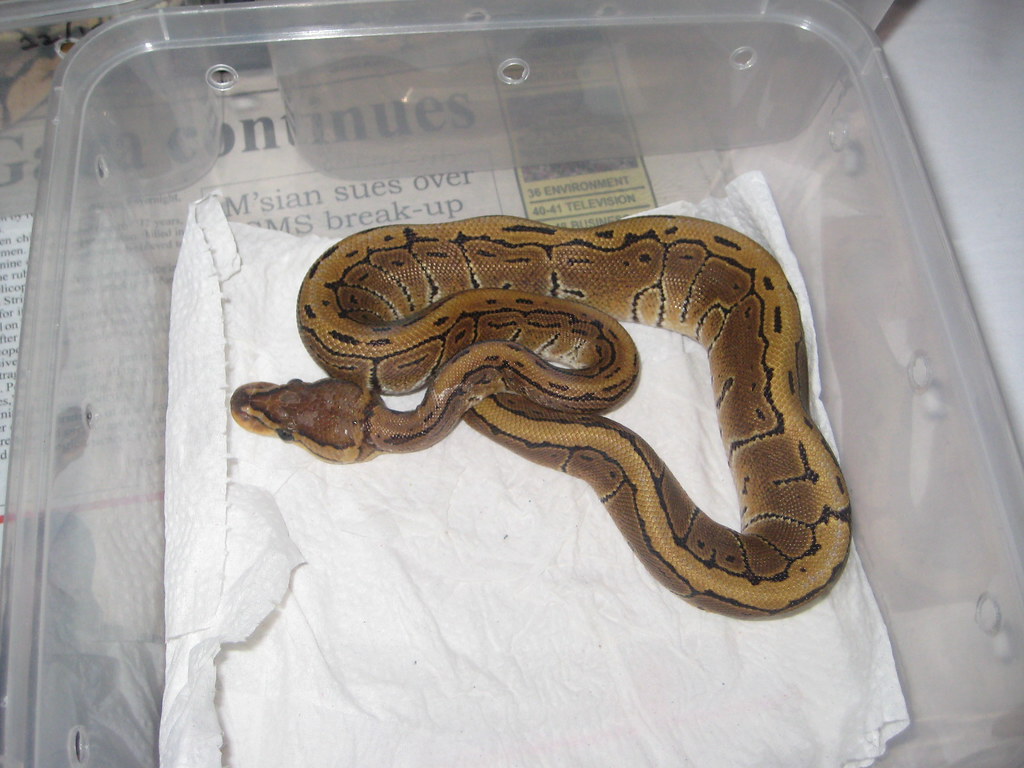
Systemic illness often manifests first as feeding refusal in reptiles before other obvious symptoms develop. Respiratory infections cause breathing difficulties that interfere with feeding, while mouth rot (infectious stomatitis) makes eating painful. Gastrointestinal blockages physically prevent normal feeding and digestion. Assess your reptile for abnormal breathing sounds, mucus around the mouth or nose, swollen joints, discolored skin patches, or unusual postures that might indicate pain.
Monitor for changes in defecation patterns, as constipation or diarrhea often accompanies feeding problems. Take detailed notes about the duration of feeding refusal, environmental parameters, and any other symptoms to provide your veterinarian with comprehensive information. Early veterinary intervention significantly improves outcomes for most reptile diseases.
Implementing Appetite Stimulation Techniques

Several techniques can help stimulate appetite in reluctant feeders after addressing potential underlying causes. Slightly increasing temperature within the appropriate range for your species can boost metabolism and feeding response. For prey-eating species, try scenting food items with particularly appealing substances—chicken broth for carnivores, banana or fruit baby food for omnivores, or natural prey scents. Some reptiles respond to moving prey more readily than stationary items, so wiggling food with feeding tongs or offering live prey (where legal and appropriate) might trigger feeding responses.
“Assist feeding” techniques like gently rubbing food against a reptile’s lips or nose can sometimes stimulate natural feeding behaviors. For extreme cases, appetite stimulant medications are available through veterinarians, though these address symptoms rather than underlying causes.
When to Seek Veterinary Care
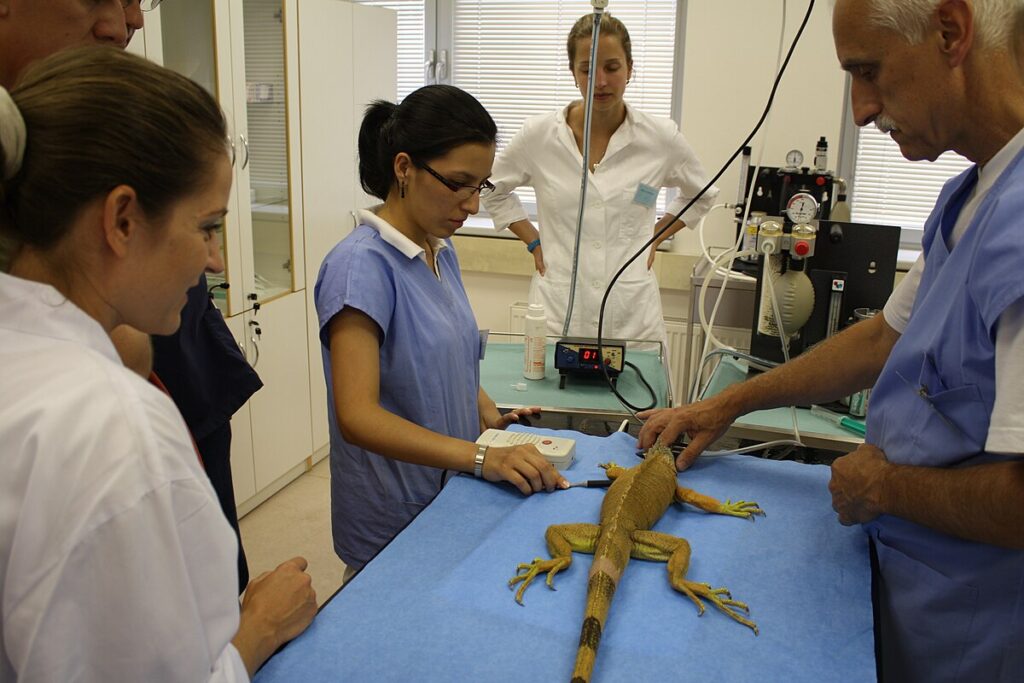
While temporary feeding refusal rarely constitutes an emergency, certain situations demand immediate professional intervention. Seek veterinary care if your reptile has refused food beyond the normal species-specific fasting period, especially if accompanied by weight loss exceeding 10% of body weight. Immediate attention is required for reptiles showing labored breathing, excessive mucus production, visible injuries or abnormalities in the mouth, or signs of neurological problems like tremors or abnormal postures.
Veterinary intervention becomes crucial when feeding refusal accompanies lethargy, dehydration, or abnormal waste production. Find an experienced reptile veterinarian before emergencies arise, as general practice veterinarians often lack specialized knowledge about exotic reptiles. Bring detailed records of feeding history, husbandry parameters, and behavioral changes to your appointment to facilitate accurate diagnosis.
Supportive Care During Feeding Strikes
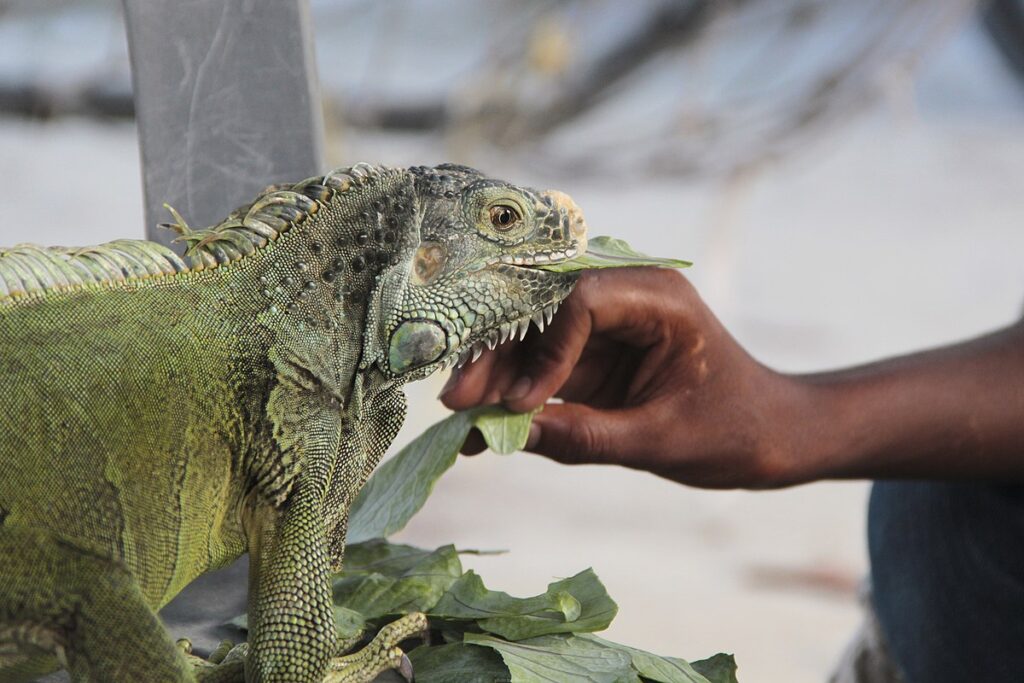
While addressing the underlying causes of feeding refusal, proper supportive care helps maintain your reptile’s health during extended fasting periods. Maintain optimal environmental conditions with particular attention to temperature and humidity parameters. Ensure clean, fresh water is always available in an appropriate form for your species. For dehydrated specimens, veterinarian-guided fluid therapy might include soaking sessions, oral fluids, or in severe cases, subcutaneous fluid administration. Minimize handling and other stressors during recovery periods.
In consultation with your veterinarian, force-feeding or assist-feeding may become necessary for critically compromised animals, though these techniques carry risks and should never be attempted without proper training. Monitor weight regularly using a digital gram scale to track changes and detect concerning trends before they become critical.
Preventative Measures for Future Health
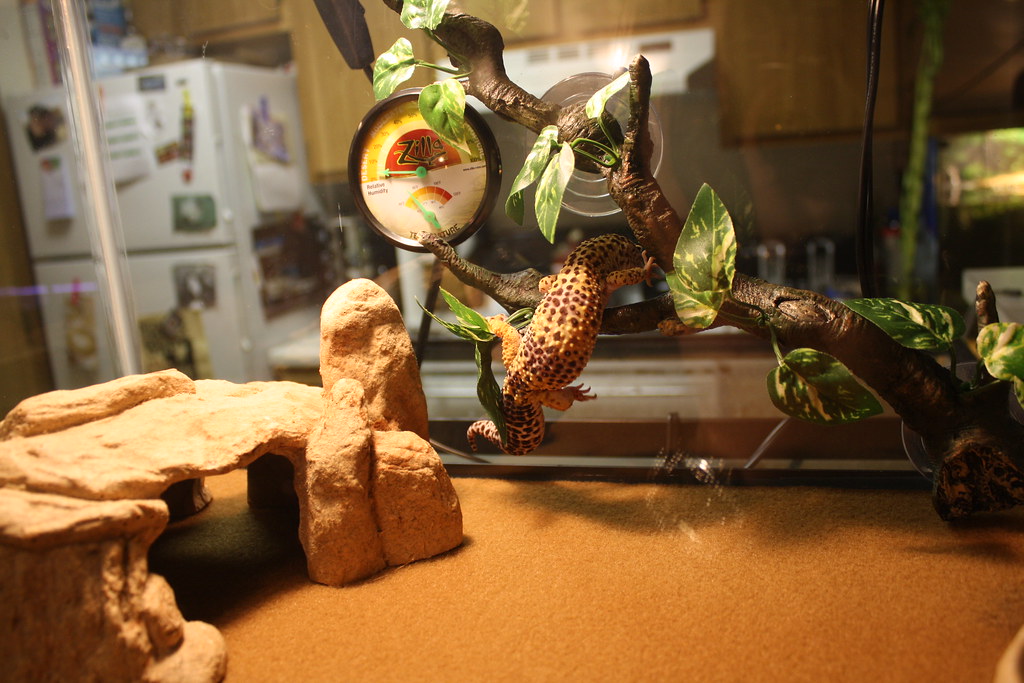
Preventing future feeding problems begins with meticulous attention to species-specific husbandry requirements. Invest in proper equipment including accurate thermometers, hygrometers, appropriate heating elements, and UVB lighting with regular replacement schedules. Maintain detailed records of feeding, shedding, elimination, and weight changes to establish baselines and quickly identify concerning patterns.
Quarantine new reptiles before introducing them to established collections to prevent disease transmission. Schedule regular veterinary check-ups including fecal parasite examinations, especially for recently acquired specimens. Research your specific species’ requirements thoroughly, as general reptile care guidelines rarely address the unique needs of individual species. Join reputable reptile-keeping communities to stay informed about advances in husbandry practices and potential health concerns relevant to your species.
When an exotic reptile stops eating, a systematic approach offers the best chance for positive outcomes. Begin by ruling out normal seasonal or reproductive behaviors, then methodically evaluate and correct environmental factors before pursuing more invasive interventions. While reptiles can typically sustain longer fasting periods than mammals, prolonged feeding refusal always warrants attention and often requires professional veterinary assessment. With proper care, patience, and timely intervention, most reptiles can overcome temporary feeding issues and return to normal eating patterns, ensuring many more years as fascinating companions.


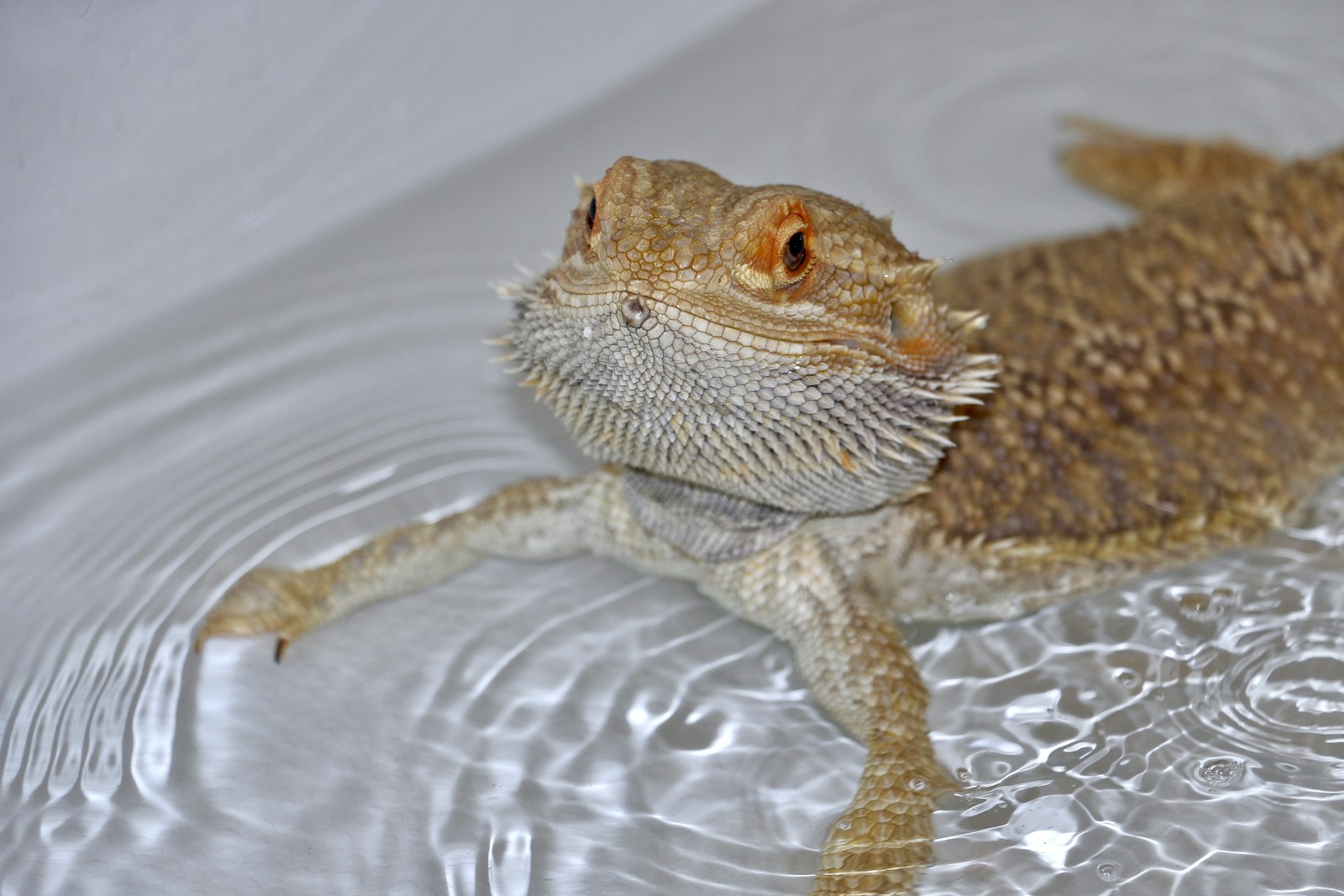
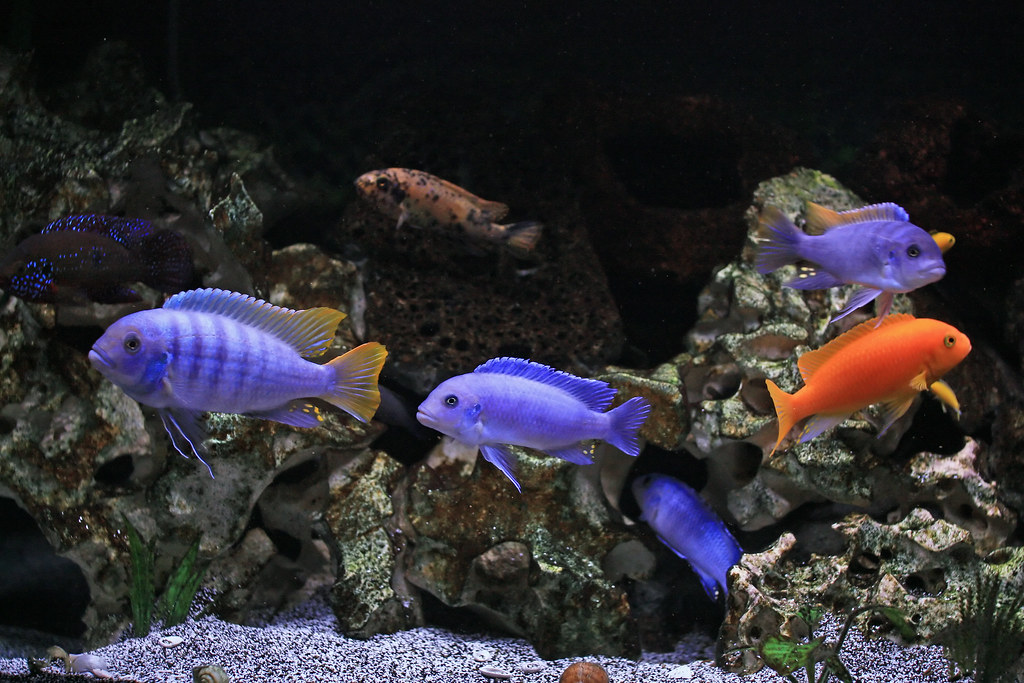
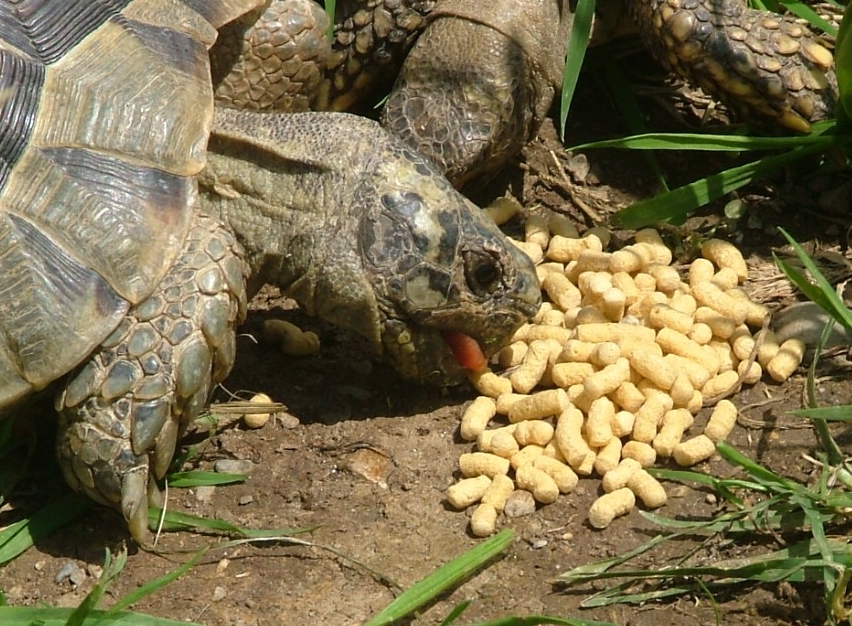
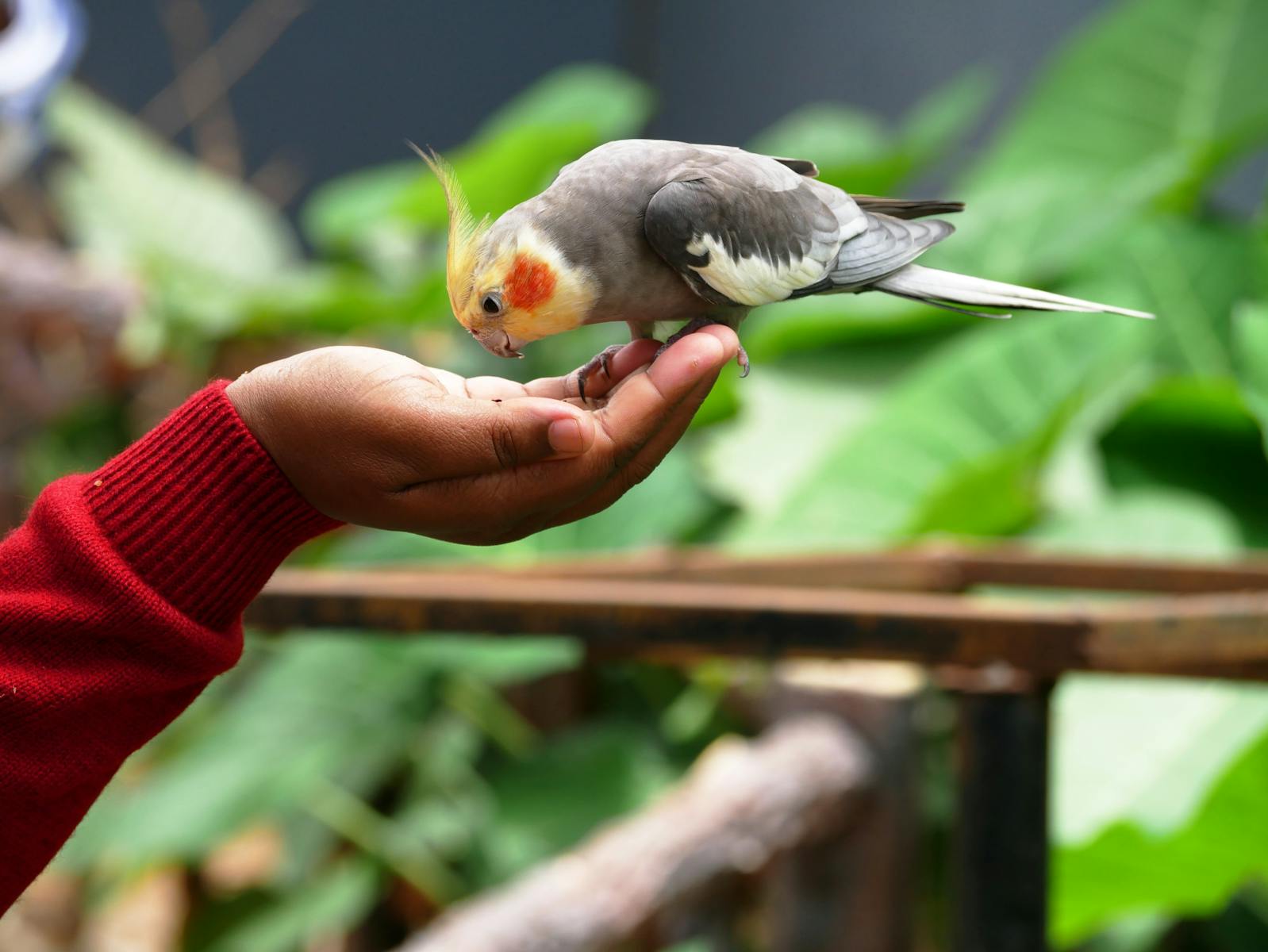
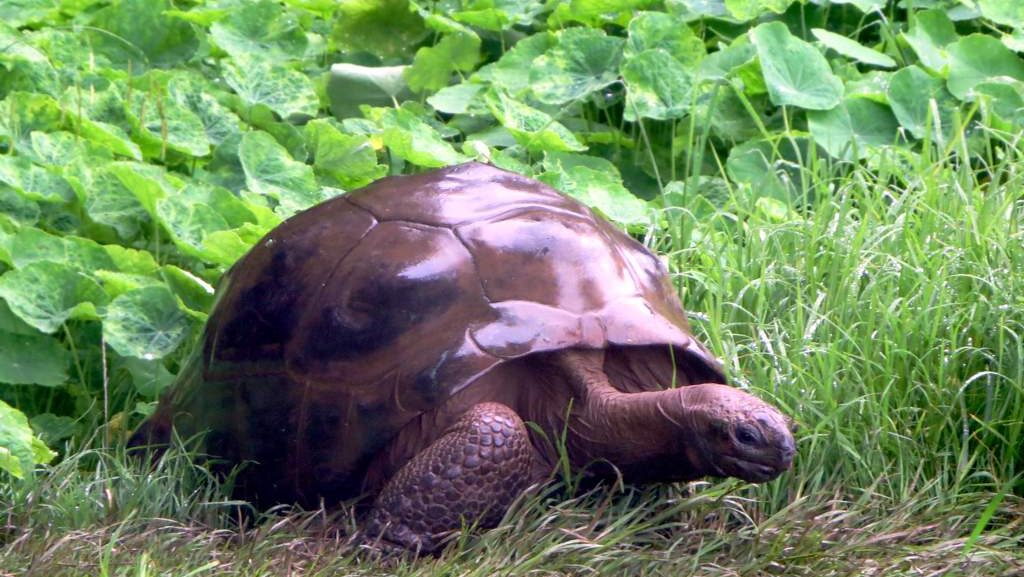
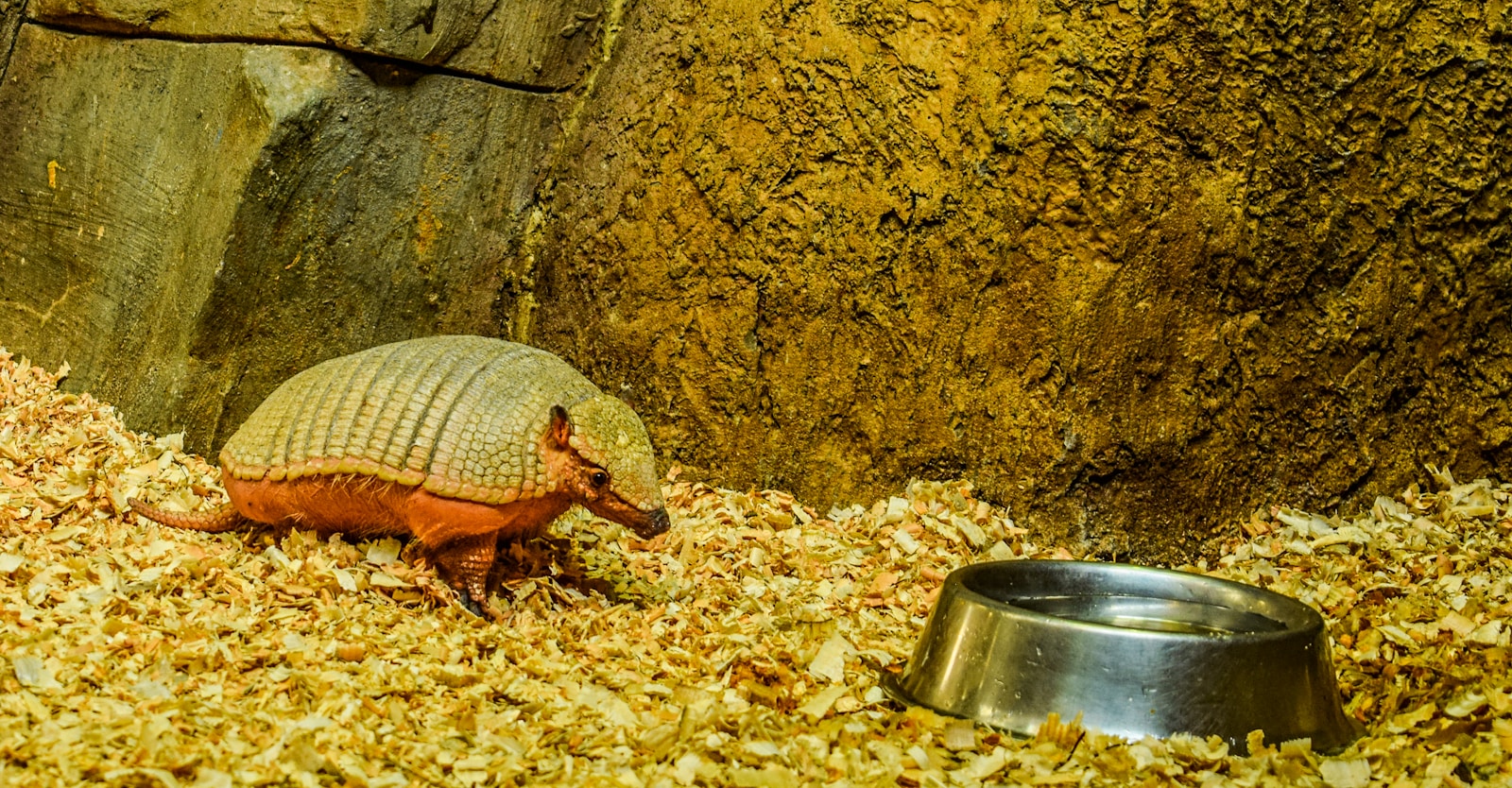
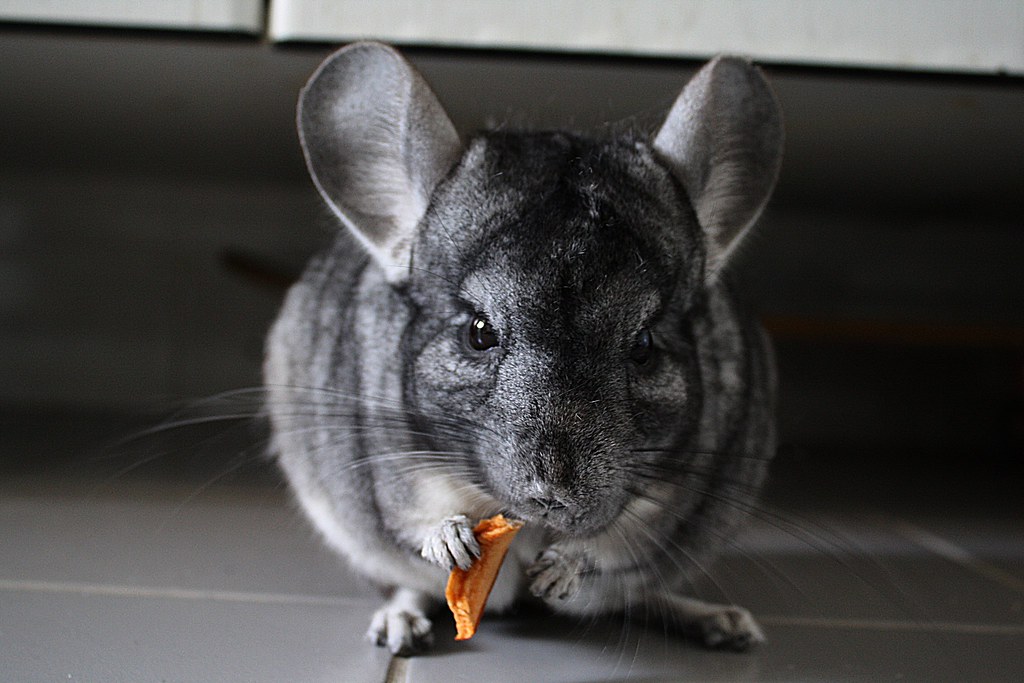
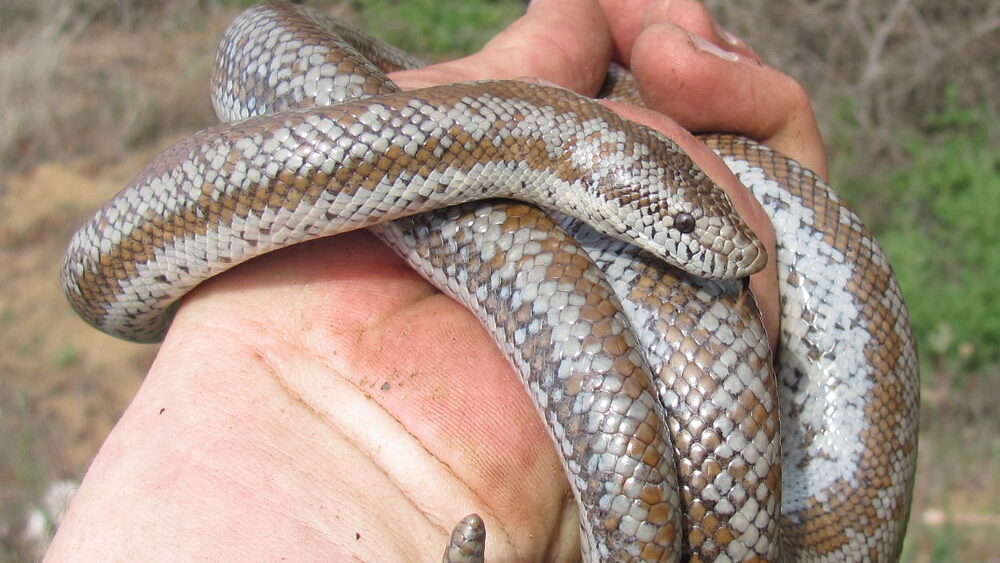
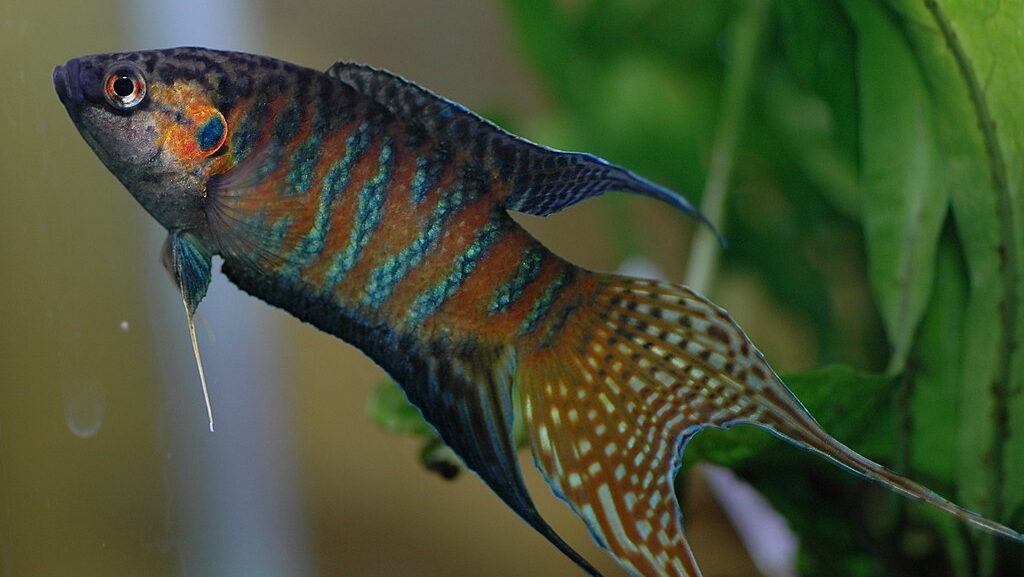




Leave a Reply